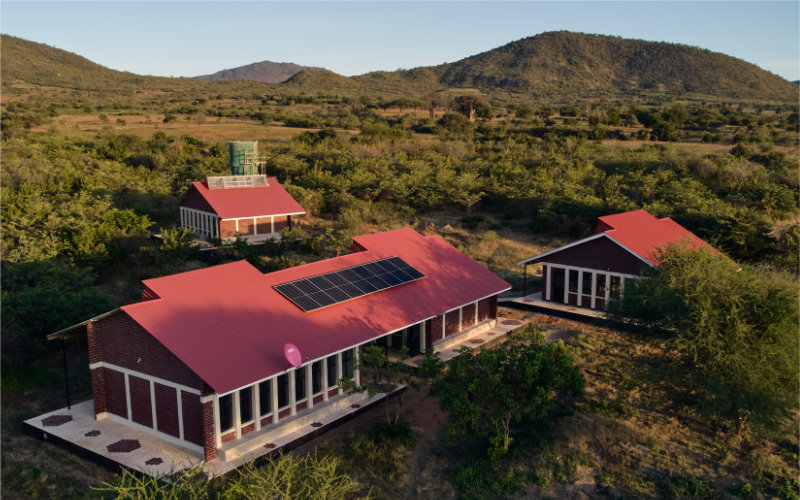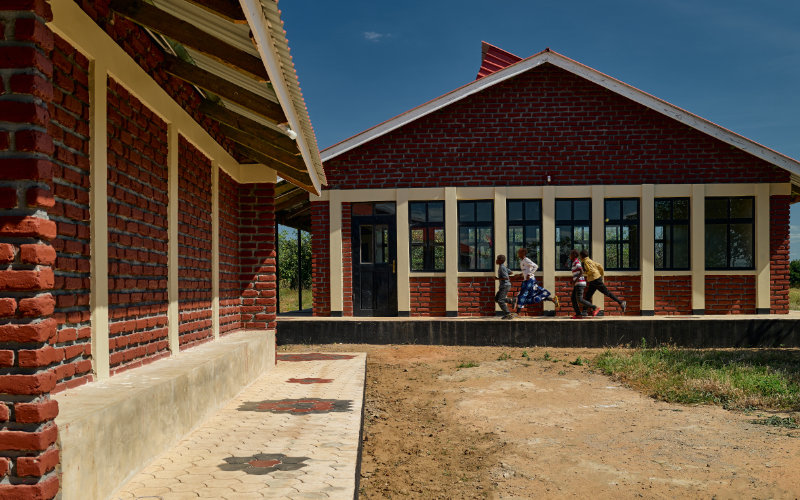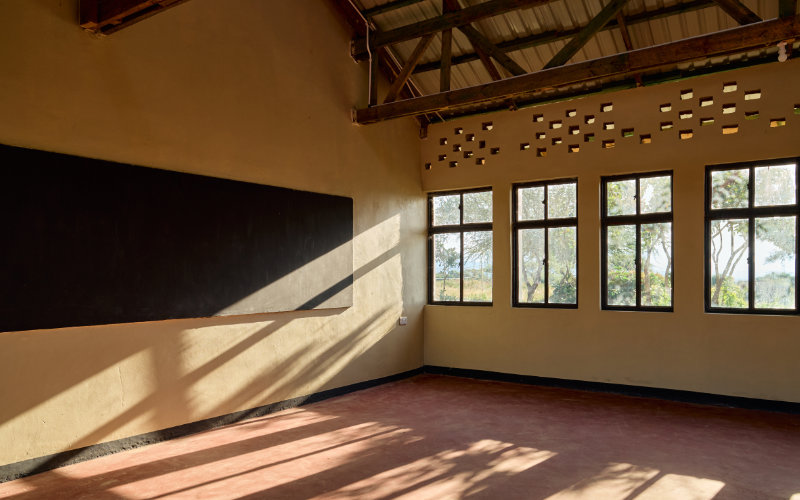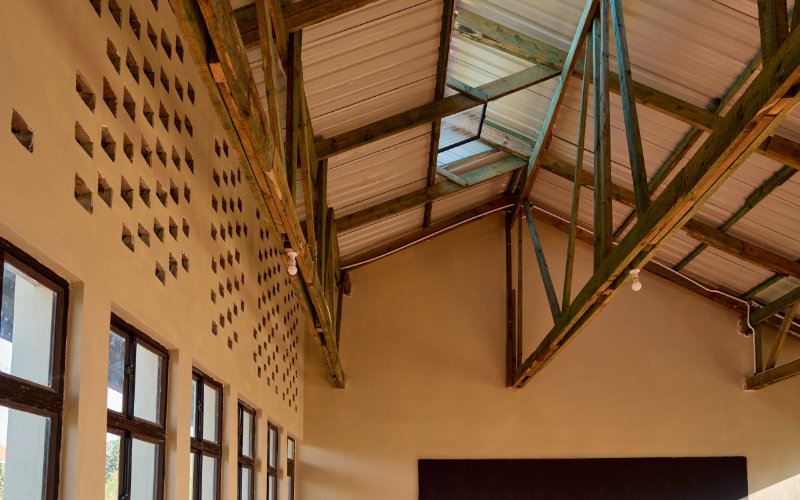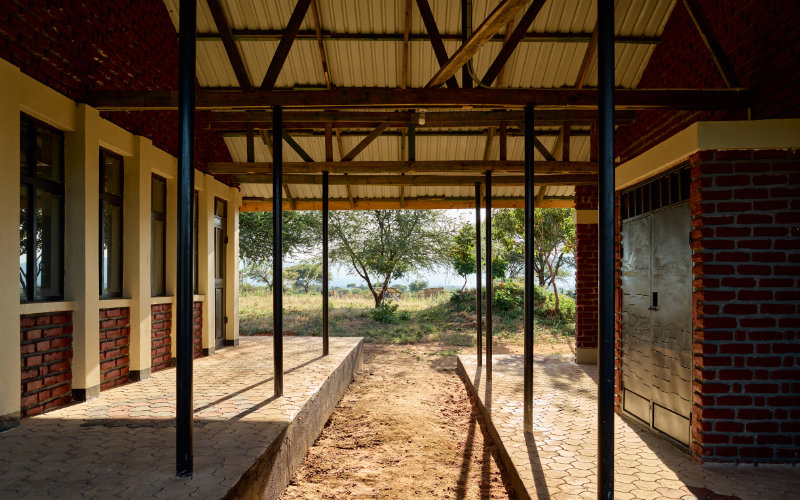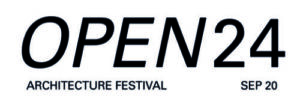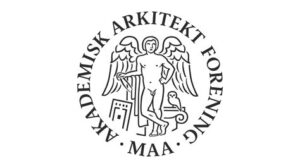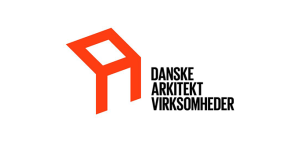Project info
- Location: Sarame, near Magugu, Tanzania
- Year: 2022 - 2024
- Client: Jabungu Foundation
- Size: 250 m2
- Collaborators: Jabungu Foundation, School of Life
- Financing: School of Life, Lifetime-Projects
- Project team: Brian Lund Povlsen, Diego Cubillo Nielsen, Edita Dalifi, Nichlas Moos Heunicke
- Contact: Brian Lund Povlsen: [email protected]
In collaboration with the Tanzanian development organization Jabungu Foundation, we designed and built a school in the rural district of Sarame in northern Tanzania. The area is sparsely populated and schools are far apart. The project aims to increase access to education in the local area, especially targeting children and young people from vulnerable and disadvantaged families. The project is supported by Skolen for Livet på Møn and the French organization Lifetime-Projects.
The area: The school is located in the Sarame area in northeastern Tanzania, about 30 km from the district capital Babati. Sarame covers a large rural area with scattered settlements, with a total population of approximately 900. There is a primary school in Sarame, but the nearest secondary school is 7 km away in the town of Magugu. With no public transportation or school buses, this means that children have to walk there, with the risks this poses, especially for girls. A very high percentage of children therefore stop going to school after primary school.
The pictures were taken immediately after completion and before the school opened.
Watch a video of the completed school here.
The site: the school site is located in the center of Sarame and is approximately 9 hectares in size. The terrain is flat with sporadic vegetation in the form of bushes and a few large trees. The site has a slight slope of approximately 15 meters from the eastern side to the western side. Along the northern boundary of the site there are two animal passages from grazing cattle, which during the dry periods of the year are driven this way in search of drinking water. These animal passages have meant that the soil has become loose and washed away during the rainy season, forming a smaller and a larger stream, which has become significantly deeper and wider in recent years. A planting project has been started with the aim of stopping soil erosion at the site.
Preliminary studies and study trip:
Before the actual design process started, 3 of the 4 architects in the project group spent a week in the local area to study schools and building practices and record the site where the school would be built. 5 different schools were visited and headmasters, teachers and students were interviewed. In addition, meetings were held with the architect and a contractor and a local brick manufacturer to gain insight and understanding of the conditions where the school would be located.
Wind directions and ventilation conditions: During the design process, there has been a strong focus on optimizing natural ventilation in all classrooms. Most schools in Tanzania are built with large windows along both facades to allow for natural ventilation of the rooms. However, the placement of buildings in relation to the dominant wind direction is often not taken into account, which means that some buildings/rooms are well ventilated while others are not.
During the design process, computer animated wind simulations were made to ensure that the wind from the dominant wind direction can pass between the buildings, ensuring that all rooms will be well ventilated throughout most of the year. In addition, the roofs are designed with openings in the center of the roof to ventilate hot air out while bringing daylight into the center of the rooms. The window area has been increased compared to the standard for schools in Tanzania. Partly to provide better ventilation and partly to provide better daylight.
Construction principles and materials: Construction principles and materials that are simple and familiar to the local community were deliberately chosen so that the school could be built and maintained by local labor and contribute to the local economy.
About 8 km from Sarame is an area where the soil is clayey and suitable for brick production. Many of these locally made bricks are made using rice husks as a heating source – a by-product of local rice mills. We therefore consider the bricks to be a sustainable building material and have used them in the construction of the school.
Overall design principles: The school is designed according to UNICEF guidelines for child-friendly schools. This includes:
- Full accessibility between buildings on paved surfaces and ramps for people with reduced mobility
- Open and covered outdoor spaces for play, relaxation and outdoor education in large and small groups
- Outpatient/health clinic that can serve the school and surrounding community
- Toilet buildings with separate toilets for boys, girls and staff. Accessibility for people with disabilities
- Separate toilet rooms for girls in the toilet buildings
- Clusters of toilet buildings to minimize walking distance and create a safe environment
- Library located close to the entrance allows it to serve the local community
- Classrooms and outdoor rest areas are easily visible from a distance, creating a safer environment and easy monitoring of staff.
Read Jabungu’s Project Progress report from the end of the first phase here:


